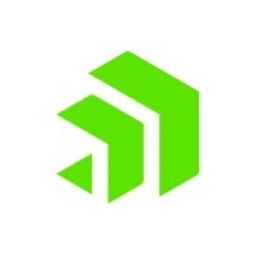Company Size
1,000+
Region
- America
Country
- United States
Product
- MarkLogic
Tech Stack
- Digital Asset Management System
Implementation Scale
- Enterprise-wide Deployment
Impact Metrics
- Cost Savings
- Productivity Improvements
Technology Category
- Platform as a Service (PaaS) - Data Management Platforms
Applicable Functions
- Product Research & Development
Services
- Software Design & Engineering Services
About The Customer
Condé Nast is a globally recognized media company that houses some of the world's most celebrated and award-winning media and magazine brands. The company has a vast digital presence, with over 7 million rich media assets that represent more than 220 US and International Brands. These assets are managed through a digital asset management system, which was facing significant challenges in terms of search, usability, and development. The company needed a solution that could improve these areas and keep pace with user demand and content growth.
The Challenge
Condé Nast, a renowned media and magazine brand, was facing challenges with its digital asset management system due to the introduction of over 7 million rich media assets representing more than 220 US and International Brands. The system was struggling in three critical areas: search, usability, and development. The average wait times for asset searches were upwards of 30 seconds per 100 results, making the search too cumbersome for regular use. As a result, editors started using expensive outside firms to source assets. Additionally, metadata and category additions required developer involvement, which delayed content updates by users. Lastly, there were long wait times for programmers to accommodate new features and workflows.
The Solution
Condé Nast turned to MarkLogic to build a faster and more comprehensive custom digital asset management (DAM) system. This new system provided sub-second search capabilities, delivering fast results even as asset volumes continued to increase. It also improved the user experience with custom interfaces that are intuitive and contain facets and search-suggests. The new system also offered advanced editorial capabilities, significantly reducing manual processes and enabling the quick creation of new editorial products. Furthermore, the system included metadata management features that empowered digital archivists and editors to easily create in-depth metadata and categories without developer involvement.
Operational Impact
Quantitative Benefit

Case Study missing?
Start adding your own!
Register with your work email and create a new case study profile for your business.



